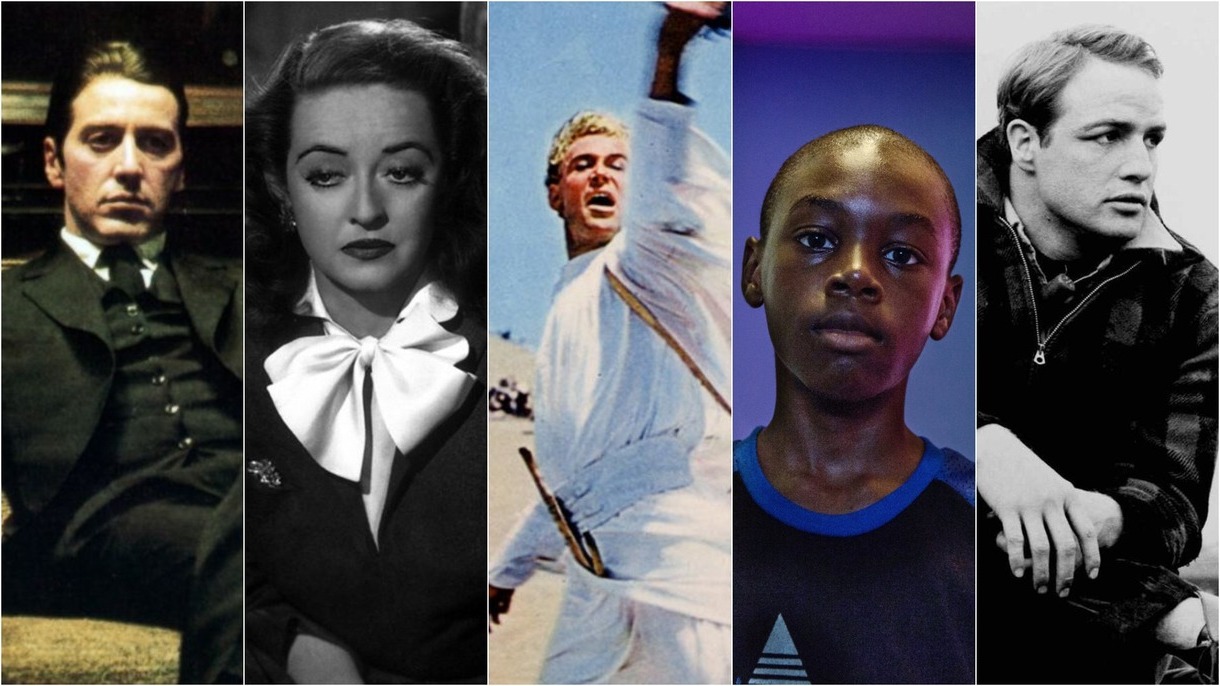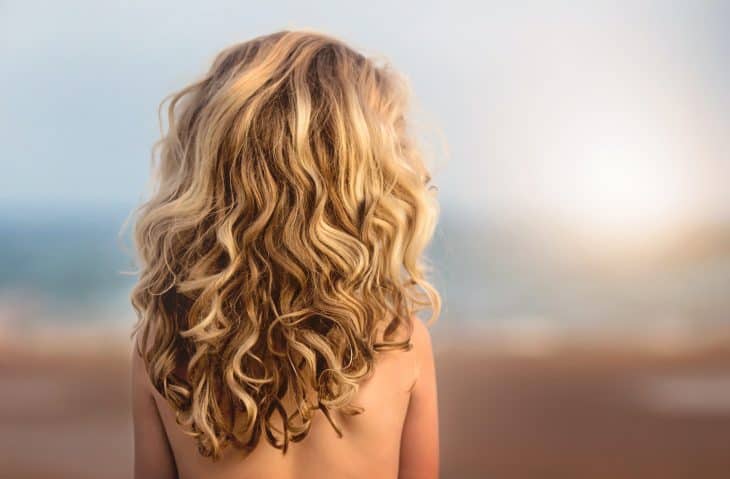
Nowadays, you can try a multitude of ways and products to change your hair color. However, having naturally blonde hair is actually pretty rare. You may see people prancing around with their beautiful golden locks, but behind those pretty tresses are trips to the salon and long hours to get it done. Despite their fame in entertainment, there’s more to blondes than their pretty head of hair. Find out more about them with these unexpected facts about blondes.
- Only 2% of the total American population is naturally blonde.
- Around 1 in 3 women dye their hair to have light-colored hair.
- Blonde hair is caused by a genetic mutation as tiny as changing one letter in all 3 billion letters of a person’s DNA.
- About 30 shades of blonde hair fit the category of being light-haired.
- Some kids who are born with natural blonde hair may not have it forever, as it may gradually turn darker before they turn 10.
- The notion that you will automatically have blue eyes if you are born blonde is a stereotype.
- Study shows that men in general find blonde women more attractive than those with different hair color.
- Blonde hair ranges from a platinum blonde to a dark golden shade.
- The rarest blonde hair type is the mixture of red and blonde hair called strawberry blonde.
- It’s not true that you will automatically have dark hair if you have dark skin as the Melanesians of New Guinea are dark-skinned people but with a high rate of blondes.
- The scalp can naturally hold more blonde hair strands compared to other colors.
- The dumb blonde joke started 250 years ago because of Catherine-Rosalie Gerard Duthie, a blonde known for pausing frequently while talking.
- Studies show that blondes have higher levels of estrogen compared to women with other hair colors.
- Daniel Craig was the first blonde James Bond.
- A rumor once stated that Marilyn Monroe did not want to have blonde co-stars as she wanted to have all the attention.
- While the average person has 120,000 hair strands, blondes could have as much as 150,000.
- The most common misconception about blondes is that they are neurotic, high-maintenance, and needy.
- A study at the University of Queensland concluded that blonde women tend to marry wealthier men compared to peers with different hair colors.
- Men tend to act stupid around blonde women, since they often believe the common stereotype about dumb blondes.
- Movies and films often portray mythical creatures such as fairies and elves as blondes.
Facts About Blondes Infographics
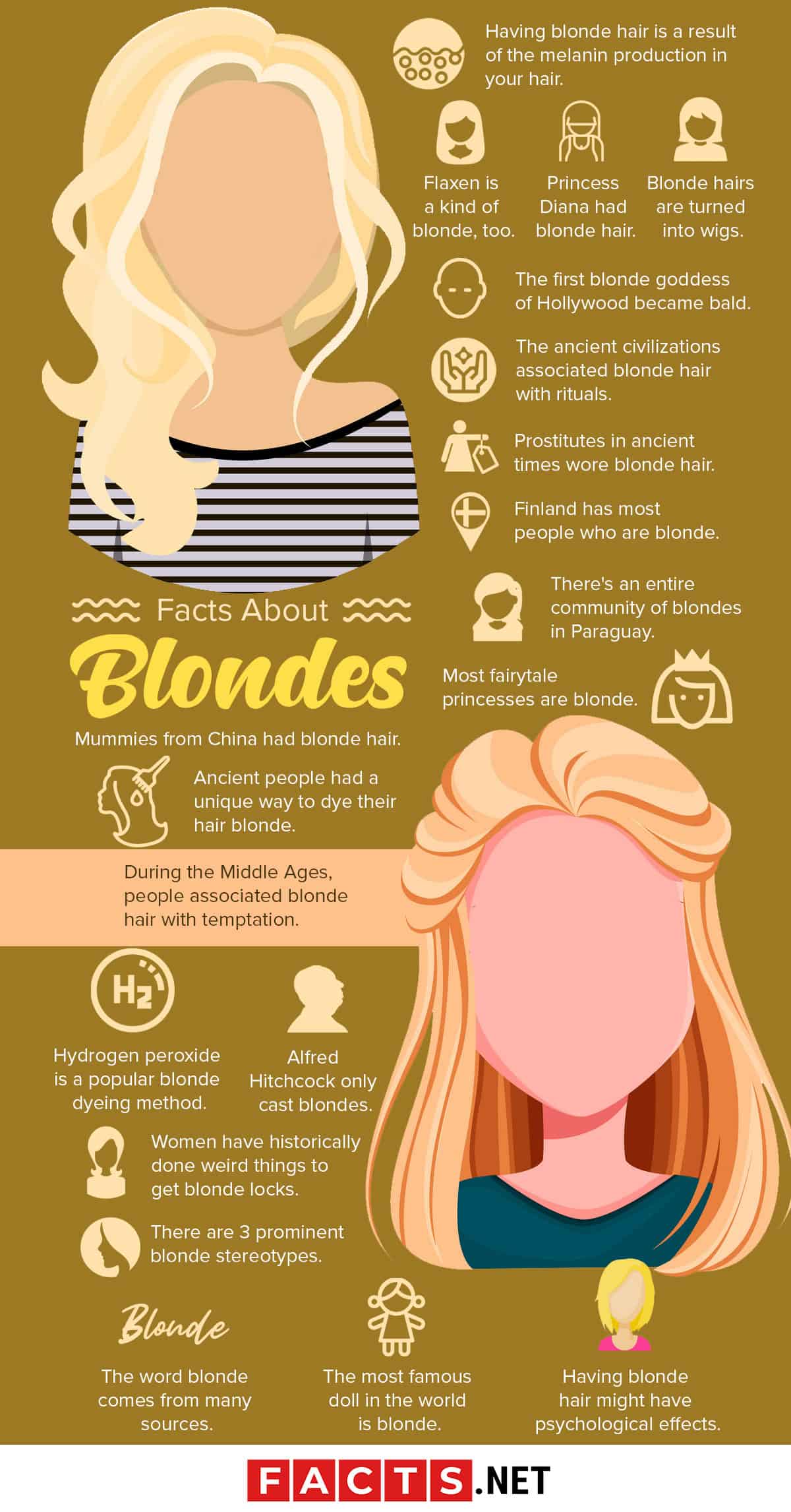
Mummies from China had blonde hair.
From 2008 to 2011, excavations in Xinjiang, China revealed traces of a civilization from the 3rd millennium BC in the Taklamakan Desert. Among the artifacts discovered were exceptionally well-preserved bodies. Aside from tracing the roots of the civilization in that area, it also identified the features and characteristics of the people who once lived there. Surprisingly, most of the mummies had prominent blonde hair. How’s that as a start for all these facts about blondes?
Having blonde hair is a result of the melanin production in your hair.
The pigmentation of melanin determines the color of your hair. The more eumelanin that the hair produces, the darker the hair will be. On the flip side, more pheomelanin makes your hair reddish. If you have low levels of both pheomelanin and eumelanin, there’s a higher chance that your hair color will be blonde.
Flaxen is a kind of blonde, too.
Flaxen or just flax is a blonde shade which leans more towards a pale yellow. First used as an English word in 1915, the name simply references the shade of flax seeds. That’s definitely an added knowledge from these facts about blondes.
The first blonde goddess of Hollywood became bald.
Straight off the hype of Hell’s Angels in the 1930’s, Jean Harlow claimed that she was a natural blonde. However, her stylist had actually been bleaching her hair regularly with a mixture of soap flakes, ammonia, peroxide, and household bleach. Because of this, the blonde bombshell’s hair slowly fell off, eventually requiring a wig to cover all the bald patches.
Princess Diana had blonde hair.
Aside from being Welsh royalty, the late Princess Diana had a reputation for her blonde hair preened and coiffed to perfection. Princess Diana had natural ash blonde hair, usually styled in side-swept bangs which became the princess’ signature look. Of course, she always had to maintain it spending an average of $6,284.80 every year to have it bleached to perfection. Definitely one for interesting facts about blondes.
Prostitutes in ancient times wore blonde hair.
In Rome and Greece, prostitutes usually had blonde hair to attract customers, often needing saffron dyes to make it possible. In fact, the Roman Empress Mesalina would wear a blonde wig whenever she visited a brothel each night.
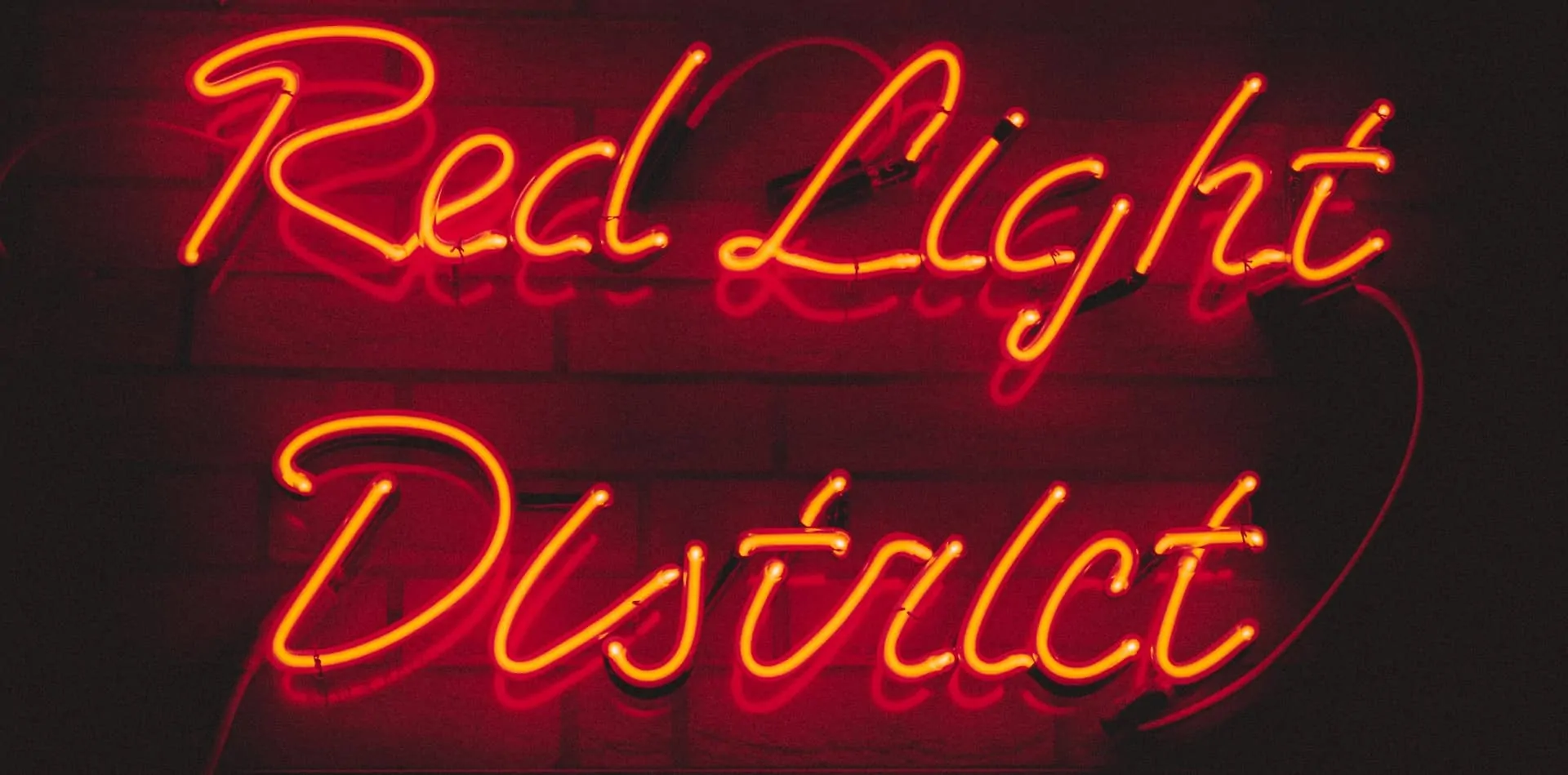
The ancient civilizations associated blonde hair with rituals.
About 2,000 years before the time of Homer, people would adorn their hair with blonde accents to worship the goddess of the yellow dawn. For one, the Assyrians would put powdered gold dust in their hair, while the Persians used golden threads and braided it with their beards as part of their rituals.
Blonde hairs are turned into wigs.
During the Roman Era, the empire would hold German blondes captive, shaving their off and selling them as wigs. Because of the ongoing wars, the Romans always had a steady supply of blonde hair.
Finland has most people who are blonde.
According to a 2019 report, Finland has the most blondes in the world. This holds true since Northern Europe has a predominantly Caucasian population. While natural blondes would usually rear blonde children, their hair would often darken as they grow up.
There's an entire community of blondes in Paraguay.
In 1887, Elizabeth Nietzsche, the sister of Friedrich Nietzsche, established a community of blonde people in Nueva Germania. As the name suggests, Nietzsche aimed to create a “New Germany” with predominantly white people. To start it off, Nietzsche shipped off all the qualified people to an isolated village in Paraguay. While it may sound like a mastermind’s plan, Richard Wagner’s ideals influenced Elizabeth’s decision. To this day, the village still exists.
Ancient people had a unique way to dye their hair blonde.
Though we can use different products to dye our hair blonde nowadays, the older generations had to resort to more unconventional methods. In Renaissance Venice, people used horse urine to achieve their blonde locks. Meanwhile, the people of Ancient Rome used pigeon dung.
Hydrogen peroxide is a popular blonde dyeing method.
Back in the year 1818, hydrogen peroxide had just gotten discovered. However, this chemical wasn’t commercially used until 1866. In 1687, people first discovered that peroxide could be used to bleach and dye hair. Because of this, it became a popular product in America and Europe.
Women have historically done weird things to get blonde locks.
Long before the first bleaching kit, women used to spend many hours in their balconies rinsing and bathing their hair with Aqua Bionda. This potion claimed to turn hair blonde as it gets exposed to the sun. Upon applying it, women would wear a solana or a crownless straw hat. Only their skin and faces would be shaded while the hair comes out over the hat—exposing it to the sun.
Because of spending too much time under the sun, some women developed headaches, heatstroke, and nosebleeds, with some going blind.
Most fairytale princesses are blonde.
In most of the childhood fairytales that we know, princesses like Rapunzel, Goldilocks, and Cinderella had blonde hair. Illustrations and animation artists say that it’s a suggestion of untarnished beauty, high value, indestructibility, strength, and youth. In contrast, villains often wore darker shades of hair color. However, through the years, society has been more open and princesses evolved from only blondes to women with other different hair colors—Disney or otherwise.
The word blonde comes from many sources.
Scholars say that the term comes from blunders, which means “yellow” in the Medieval Latin language. Some others say it’s from the word blund from the Old Frankish term that means “to mix” or “grey-haired”. Another unpopular theory claims that it’s a translation of “dye” from the word beblonden which is from the Old English.
Having blonde hair might have psychological effects.
In 1997, Dr. Tony Fallone claimed that a person’s hair color has something to do with their personality. According to Fallone, blondes would be more lively, feminine, and outgoing.
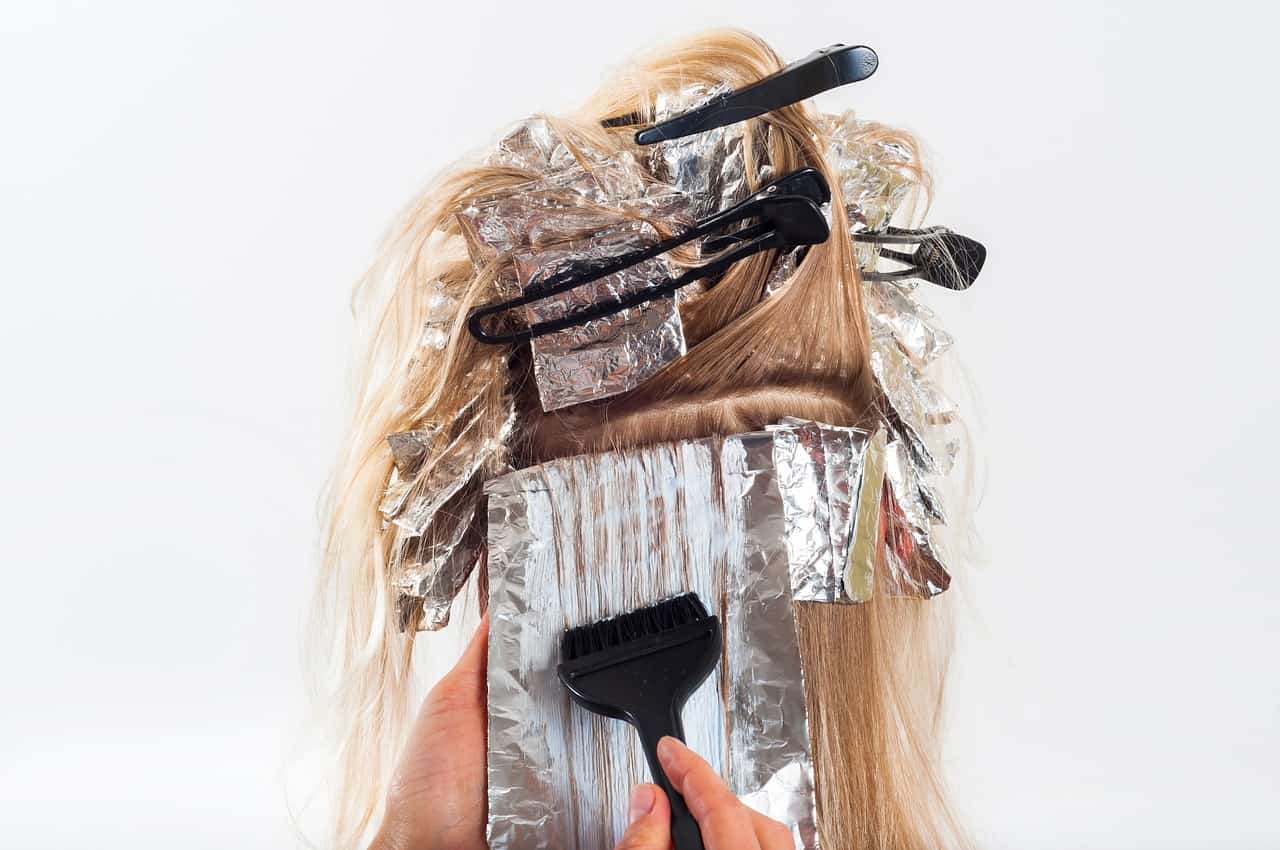
During the Middle Ages, people associated blonde hair with temptation.
By the 14th century, artists consistently depicted Eve with golden blonde hair and free-flowing locks, which marked an evil temptress. In 1365, Bartolo di Fredi painted an image of Eve as a sensuous blonde emerging from Adam’s rib cage while he was sleeping.
Alfred Hitchcock only cast blondes.
Known as the Master of Suspense, Alfred Hitchcock had an obsession for blondes and favored them for roles in his movies. Interestingly, the blonde women in his movies became the biggest icons during that era. Some of the women who became famous because of their roles were Carol Lombard, Grace Kelly, Tippi Hedren, Janet Leigh, and Eve Marie Saint.

The most famous doll in the world is blonde.
Almost everyone in the world knows who Barbie is. This 11-inch plastic doll has been a popular toy for girls and kids all over. First released on March 9th, 1959, Mattel Inc introduced Barbie as a blondie.
There are 3 prominent blonde stereotypes.
Through the years, there have been many misconceptions about blondes. In terms of pop culture, blonde stereotypes come in three specific categories. For one, the blonde bombshell stereotype comes from Brigitte Bardot. Similarly, the ice-cold blond comes from Grace Kelley’s portrayals. Lastly and most prominently, Marilyn Monroe has somewhat set a legacy for dumb blondes.
Blonde women are prone to blindness.
According to research, blonde women are prone to age-related macular degeneration (AMD) which may cause blindness. The condition affects people who are lightly pigmented like blondes with blue eyes and fair skin. Some risk factors for natural blondes also include heart disease, diet, smoking, as well as complications from sun exposure.
Skin cancer is a risk for blondes, too.
People with light or fair complexions like redheads and blondes have a higher risk of developing skin cancer. This holds true for those whose skin tend to easily burn and scar rather than have sunburn. The lack of melanin lessens their protection against UV rays.
A blonde-only resort was supposed to be established in Maldives.
In 2010, the Lithuanian firm Olialia announced its plans to build a resort that strictly employs blonde women in Maldives. According to their plans, the resort was supposed to feature an airline staffed by blondes alone. Set to operate by 2015, the business has since caught fire for being innately racist.
Blondes get a darker shade of hair during winter.
Because of less exposure to UV rays, blonde people may have a noticeably darker shade to their locks during the winter or colder months. Since UV rays bleach the hair, it only makes sense that the lack of sun would cause the opposite effect. Thus, some natural blondes may appear brunette for the other half of the year.
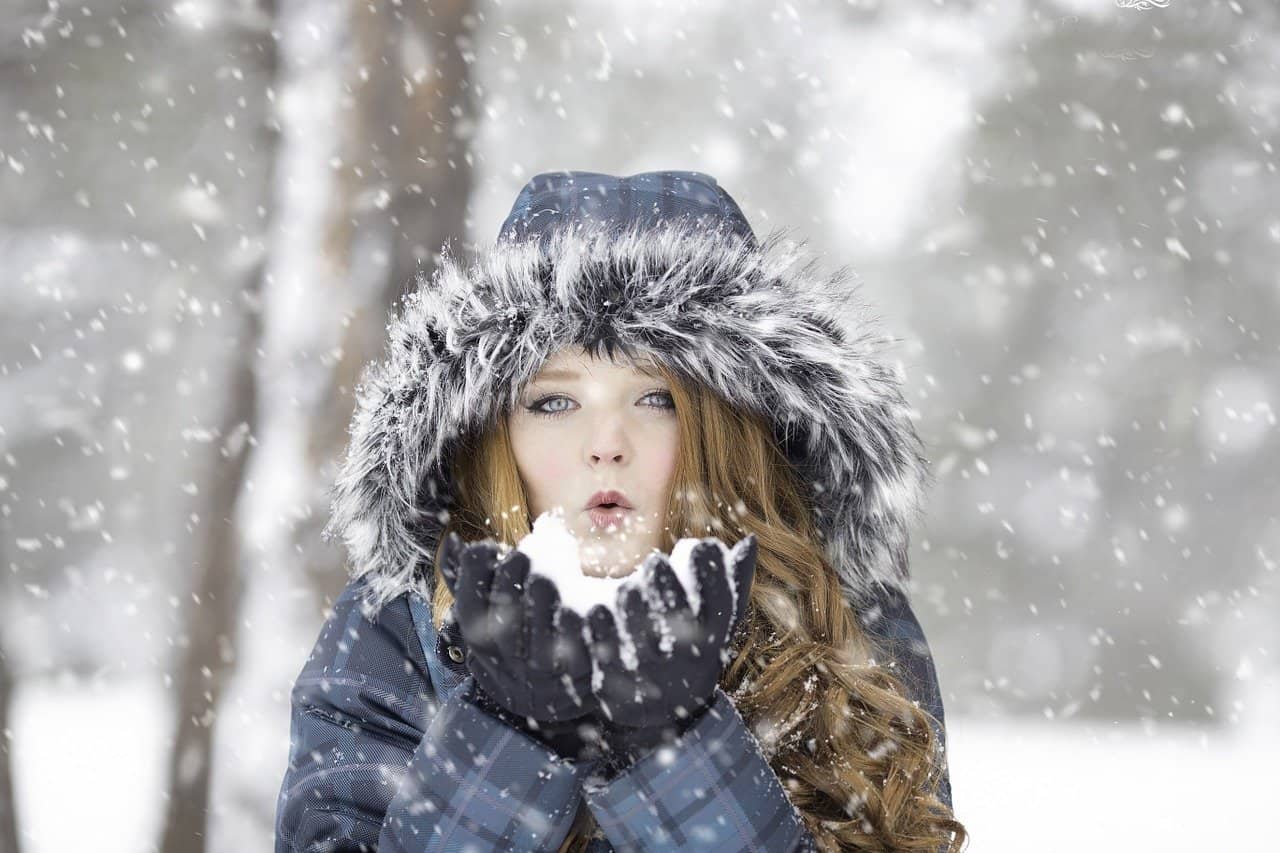
Fake news has circulated about blondes going extinct.
Several years ago, a rumor about blonde people going extinct by 2022 circulated the internet. Matters got worse when even reputable sources of media like The Sunday Times and BBC parroted the information to their news outlets. This went around from 2002 until 2006 and even until today, it’s still being repeatedly spread out.
The hoax about blondes going extinct became so widespread that actual researchers and scientists had to refute the rumor through their studies.
Blondes have fragile hair.
We already know that dyeing our hair blonde may cause it to be brittle and damaged due to chemicals and bleach. However, even natural blondes have weaker hair compared to other hair colors due to their finer strands. As a rule of thumb, brown and black hair is thicker than red hair. Meanwhile, red hair is still thicker than blonde, which makes the latter the weakest hair color.
Most of the powerful females in America are blonde.
In 2016, The Huffington Post featured an article from UBC professors Natalya Alonso and Jennifer Berdahl that analyzed women leaders in America. According to their study, an estimated 48% of female CEOs from the top 500 companies in America were blonde. Meanwhile, the average for blonde senators also fell at 35%, too.
Blonde vs blond: what's the right term?
When used as an adjective, blonde is the common American English spelling that refers to both women or men. Meanwhile, blonde technically describes a woman with fair or light hair.
There's a thing such as dirty blonde hair.
People with medium blonde hair and light brown shades usually fall under the dirty blonde category. Some may have this color naturally, but others can achieve this by lightening natural brown hair with dark tones of blonde.
There's an annual blonde festival in Latvia.

The annual Go Blonde Festival in Riga, Latvia features a parade of blonde women dressed in pink. First established by the Latvian Association of Blondes, this event has become known as the world’s biggest blonde festival.
Was this page helpful?
Our commitment to delivering trustworthy and engaging content is at the heart of what we do. Each fact on our site is contributed by real users like you, bringing a wealth of diverse insights and information. To ensure the highest standards of accuracy and reliability, our dedicated editors meticulously review each submission. This process guarantees that the facts we share are not only fascinating but also credible. Trust in our commitment to quality and authenticity as you explore and learn with us.


